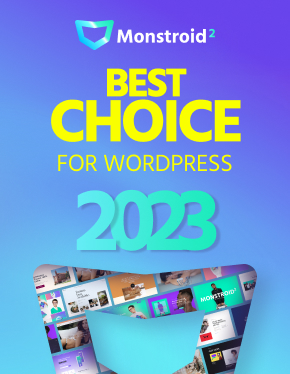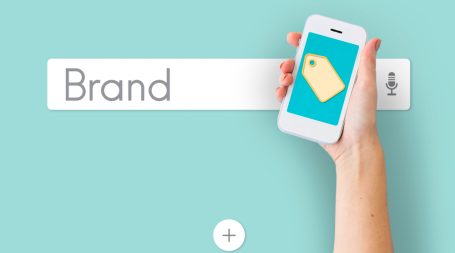Freelancing is liberating. But more often than not, simply having the talent isn’t enough.
To make a living as a freelancer, you need a strong online presence. And that begins with a great website. Whether you’re a copywriter, designer, developer, or consultant — your website is akin to your online store. It needs to be professionally designed and tailored to your brand, display your wares, and ensure that potential clients can easily find and contact you. The silver lining? Thanks to an AI website builder, creating a professional website is easier than ever.
Why Every Freelancer Needs a Website
Using only social media or job sites as a pitch severely limits your scope. A website gives you the full serving of creative control. It creates trust with potential clients, helps you show up in Google searches, and basically acts as a 24/7 virtual sales assistant that houses your body of work. Instead of borrowing the eyes of readers and clients from crowded spaces, your website gives you the space to stand out on your terms. Plus, you just look more professional, which can lead to more lucrative opportunities.
Choosing the Right Website Building Method
Not everyone has time to learn code or the budget to hire a web developer. That’s where an AI website builder does the job for you. These tools leverage artificial intelligence to simplify the entire process. Simply answer a few questions related to your work, and the AI develops a website design, layout, and even search engine optimization in minutes. It’s cheap, friendly on the wallet, and ensures a polished, professional end product without having to delve into the technological specifics.
Of course, tools like WordPress or Webflow offer greater creative freedom if you want something bespoke. However, using them will also require more time and effort. For something that’s quick, aesthetically pleasing, and professional-looking, an AI builder is the way.
Key Elements of a Freelancer’s Website
Think of your website as more than just a pretty digital business card. For potential clients, it says who you are and why they should hire you. Here’s what should go in your digital storefront:
- Headline: Communicate what you do in one sentence. Keep it short and punchy.
- Portfolio or Examples of Your Work: Show, don’t just tell. High-quality images, links to case studies, or your previous projects go a long way.
- About: Clients want to know who they’re hiring. A brief, humanizing blurb helps build trust.
- Services: Outline what you do, and for whom. Be detailed if possible and provide your services in the form of packages or pricing.
- Contact: Make it easy for prospective clients to reach out. A simple contact form or an email address works, or you can invest in something even more robust — like a booking calendar.
- Testimonials: When clients gush about you, it boosts your credibility with other leads. You can gain 3.5 times more clients when you have genuine past clients to share their positive experiences.
- SEO-Optimized Content: Google won’t send you any love (aka, ultra-valuable organic traffic) if your content isn’t strategically optimized with relevant keywords. Many AI site builders automatically do this for you, so no worries! You can always outsource your website content if you feel stuck.
Designing for Impact
Your freelance website’s design has a lot to say about you. If your site has a messy theme, unconventional fonts, or takes eons to load, potential clients will run for the hills. Stick with simple, clean, and professional design styles. Most writers and freelancers thrive with minimalist designs with header menu bars or pop-down menu buttons for seamless navigation. Also, use high-resolution images and videos, but find a way to compress or optimize the images so they do not weigh down each page upon loading. Don’t forget to configure your theme for mobile-friendliness. Most leads will be checking out via their phones.
Speed Matters
Slow website speed is one of the best ways to tell clients you’re a bunch of amateurs. A slow-loading website screams unprofessional, and it can affect your search engine ranking. Make sure the images are compressed, go for a great hosting provider, don’t have too many plugins (that’s if you’re using WordPress), go for an AI website builder, and/or optimize the website speed with speed tools and functionalities.
Branding Your Website
As a freelancer, every element of your freelance website should remind visitors about your personal and professional brand. You can pick a color to work with, a set of fonts, or a friendly tone. If you already have a logo, you can work around it using a color that goes perfectly with it to help increase brand awareness.
Driving Traffic to Your Website
A freelance website that no one sees doesn’t convince anyone to hire you. You need to be proactive in getting some traffic in there; otherwise, nothing is going to happen.
- SEO: Remember to use those keywords in your pages, posts, and meta descriptions.
- Promote on Social Media: Let people know you’re trying to hustle. Share your freelance website on LinkedIn, Twitter, Instagram, or wherever your target clients are.
- Guest Blogging: It’s a great way to increase traffic to a freelance website — even if you’re new to freelance writing or freelancing as a whole. Look for sites in your niche that accept guest posts.
- Networking: Don’t just sit there and expect someone to see your site as though they’re using a crystal ball. Go where your clients are — groups, forums, freelance websites, Slack platforms, and the like.
Keeping Your Website Updated
A freelance website isn’t exactly a set-it-and-forget kind of project. You know you still have to maintain it afterward, right? Regular maintenance ensures that your website is up-to-date and fresh. It also increases your search engine ranking.
Taking the First Step
The idea of building a freelance website might sound complex, but there are easy ways you can go about it. If you can’t do the hosting and designing yourself, you can opt for an AI website builder. An AI website builder takes the complex process of building a website while asking you simple questions and using your answers to come up with a website design and content for your website.















